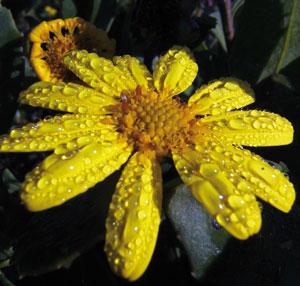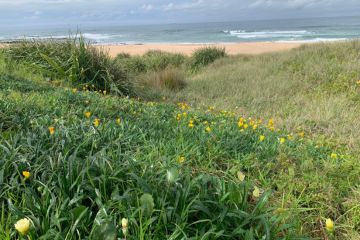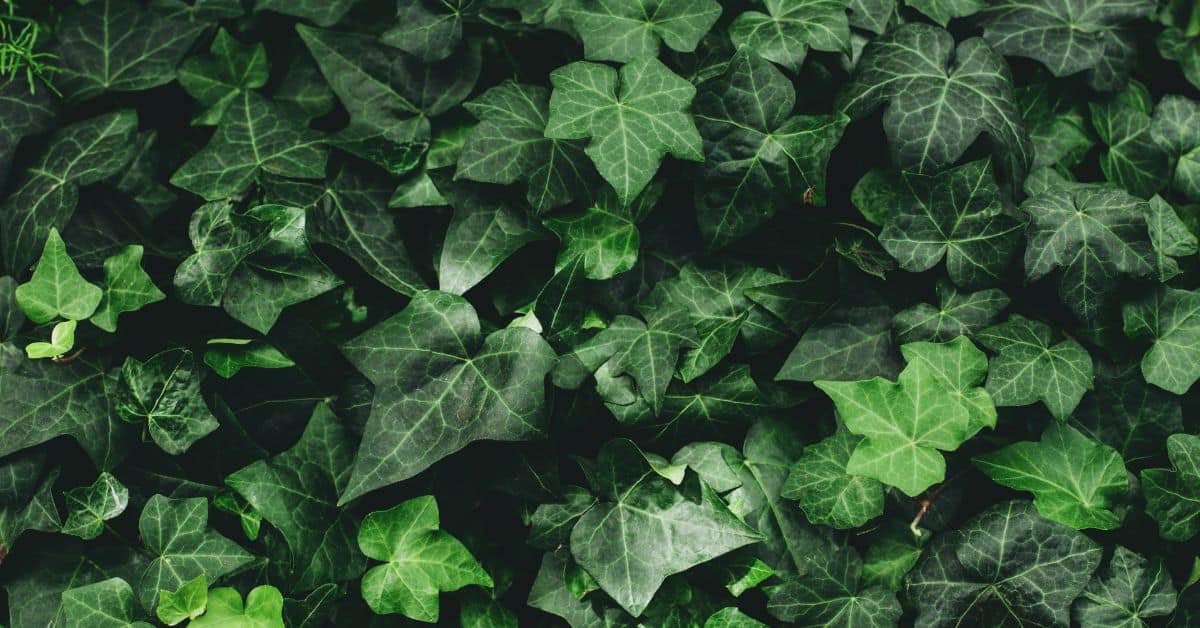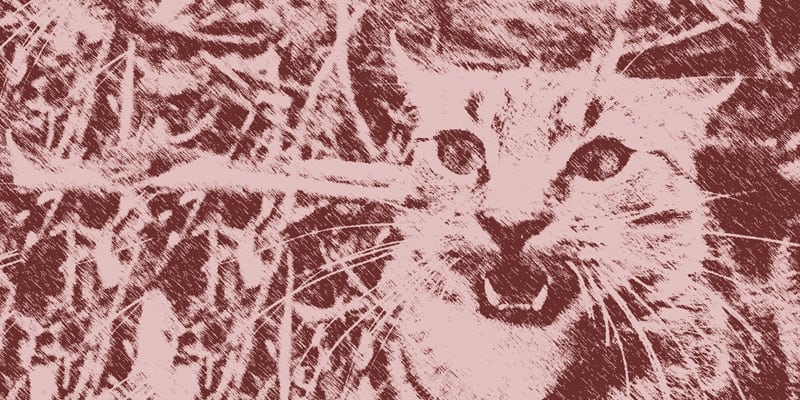
When you spend your life watching your favourite bushland spots being invaded and overrun by weeds nothing is more infuriating than seeing local nurseries selling those same weeds to an unsuspecting public.
Often pretty, sometimes useful, weeds can lurk benignly in gardens for years or decades. But when they escape and invade the Australian bush they can do great damage, eliminating wildlife habitat and destroying woodlands and wetlands.
Right now a donation from you could help change this: in NSW and across Australia.
Just a few weeks ago, a draft report was released proposing to stop the major sources of new weeds entering NSW. In particular, the report proposes to stop nurseries selling dangerous invasive weeds to the public.
If adopted by the NSW Government, this will be an historic change with repercussions for the rest of the country.
We have championed this idea since our formation: restricting the sale of potential weeds before they can get a foothold in nurseries as acceptable garden varieties.
It’s called a ‘permitted list approach’ and would ensure that the only plants sold or moved are those that are safe and unlikely to become weeds.
Weeds already imperil almost half of NSW’s threatened biodiversity. Despite this you can legally buy thousands of different weeds to plant in urban gardens. Only a few dozen weed species are banned from sale across the entire state.
Why has it taken so long for NSW to act?
Sadly, despite being one of the greatest threats to nature, the public often doesn’t understand how destructive weeds are.
With your support we’re trying to change that.
Already our work in NSW is having an effect. Prior to the NSW election we prepared a report called Stopping NSW’s Creeping Peril, a call for action on weeds. This ground-breaking report raised the profile of the state’s weed threat and led to a $40 million commitment for new work on weeds and pests in national parks.
Now we need to ensure that the proposed changes translate into legislation.
If successful, NSW would join Western Australia as leaders in weed management in Australia, putting pressure on other states to follow.
Your support will help us ensure the changes are implemented and prevent a new wave of destructive weeds invading the Australia bush.
With your tax-deductible donation we can help make this happen.
Regards,
Andrew Cox, CEO




